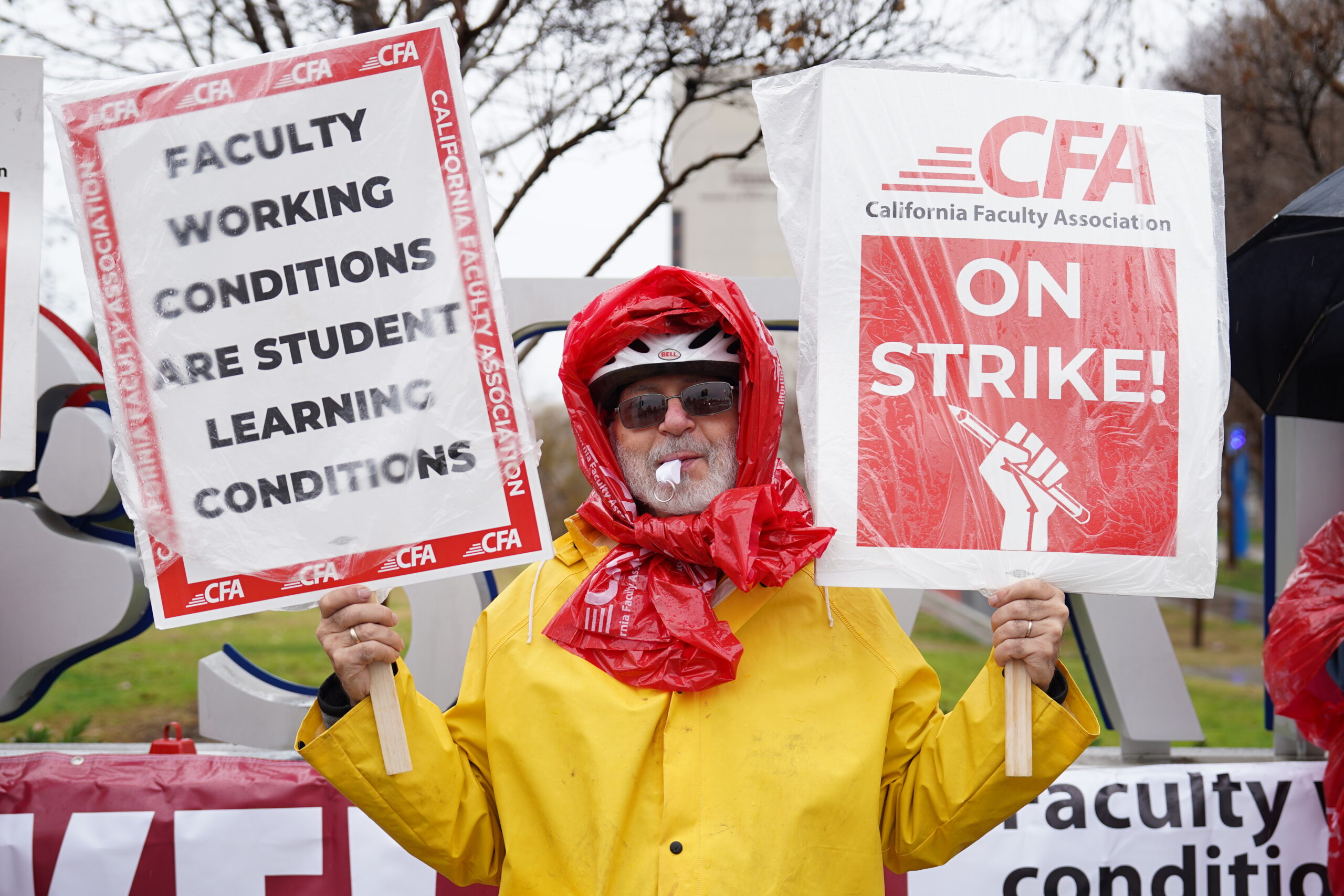“We were the city of Three Strikes,” Hanson said. “We didn’t talk about restoration. This is literally a zero to 60 kind of conversation.”
Suspensions in Fresno Unified have declined steadily since Hanson’s arrival in 2005, but they still are relatively high. The district was criticized for excessive suspensions and expulsions in an April report from the Council of the Great City Schools, a document that Hanson says will dictate many district changes over the next year.
While Hanson is pleased that fewer kids are being kicked out, he says there’s a bigger issue.
“I have never said to folks that we’re about trying to decrease the number of expulsions and suspensions,” he said. “We’re trying to decrease the behaviors that lead to expulsions and suspensions.”
The numbers, however, are jarring.
In 2010-11, the district had 14,653 suspensions and 493 expulsions. Long Beach Unified, which is often compared to Fresno Unified for its size and diversity, had 2,504 suspensions and 17 expulsions. As a percentage of the total student population, Fresno Unified had four times more suspensions than Los Angeles Unified that year.
More than one in 10 Fresno Unified students are likely to be suspended during their schooling, and students of color are suspended at a higher rate than their white peers, according to data from the University of California at Los Angeles’ Civil Rights Project. Almost one in four black students is likely to be suspended; American Indians follow closely at almost one in five.
California education code requires that schools expel students who commit the most dangerous offenses, such as sexual assault or bringing a weapon to school. Most everybody — including Oakland’s Butler — agrees these students shouldn’t be in school. But districts do have discretion over more minor offenses, such as fights, threats, swearing and stealing, and that’s where some say Fresno Unified is too punitive.
“There are thousands of kids who are being removed from school for non-threatening things,” said Brandon Wright, interim executive director for the Center for Multicultural Cooperation, a youth leadership organization with an office in Fresno. “We’re throwing them away.”
Students become criminals for non-violent behavior and, once suspended, they can’t shake the label of “bad kid,” Wright said. An even bigger blow to their confidence is that they fall behind in their classes.
“They’re coming back to school feeling more inferior than before, maybe not as smart,” Wright said. “It’s not setting them up for success.”
School violence
Not everyone is ready to curtail suspensions. Some educators say suspensions are necessary to keep schools safe and worry that restorative justice will allow violent students to put their peers and teachers in danger.
Greg Gadams, a teacher at Hamilton Elementary and vice president of the Fresno Teachers Association, said restorative justice could help students make better choices, but FUSD also needs tougher discipline policies to repair its most violent schools.
Gadams points to Tehipite Middle School, which he said has become a “powder keg” in the past couple of years. He said some students have attacked and injured teachers, and come to school armed with box cutters.
“There have been so many bloody fights and massive behavior problems,” he said.
In 2010-11, Tehipite had 435 suspensions out of a student enrollment of 507, one of the highest rates of any Fresno Unified school. More than one-third of those suspensions were for violence — a rate that one state Department of Education official called alarming. Seven students were expelled that year after assaulting school employees.


